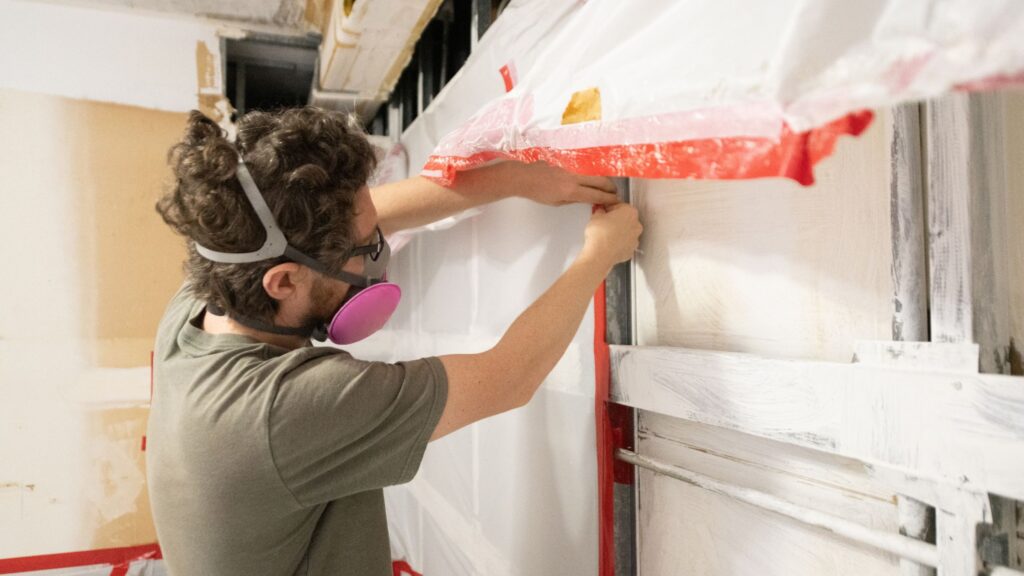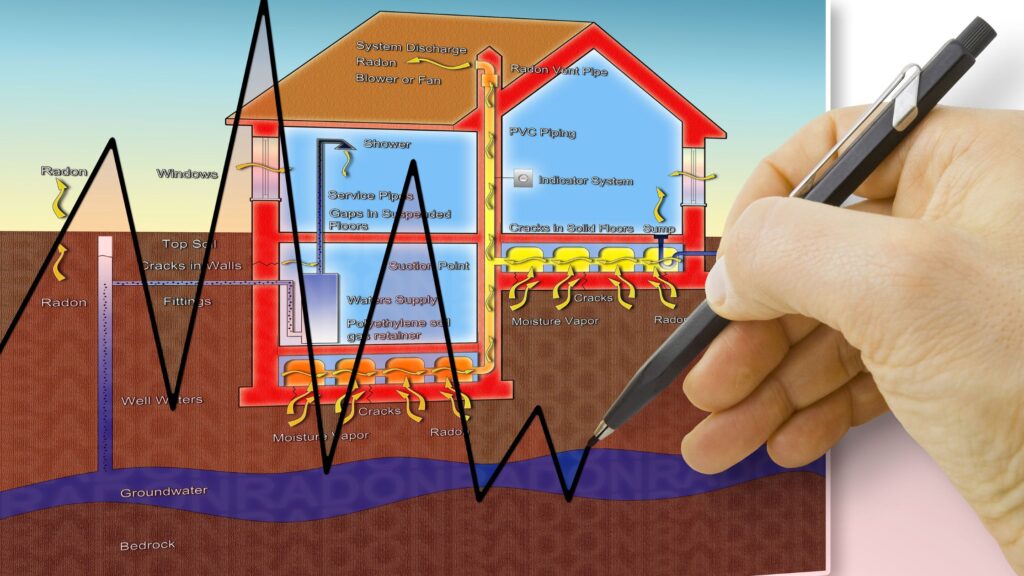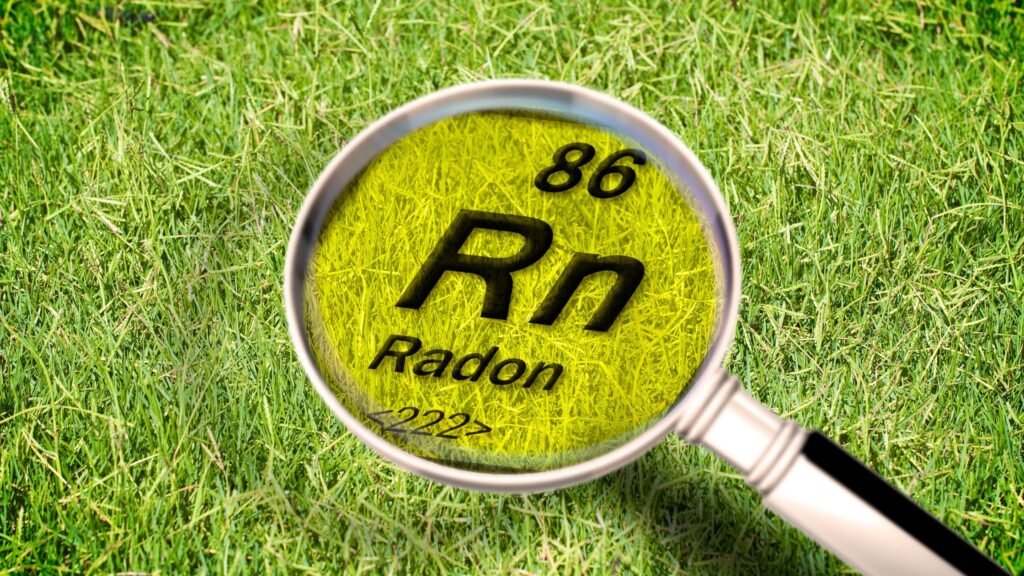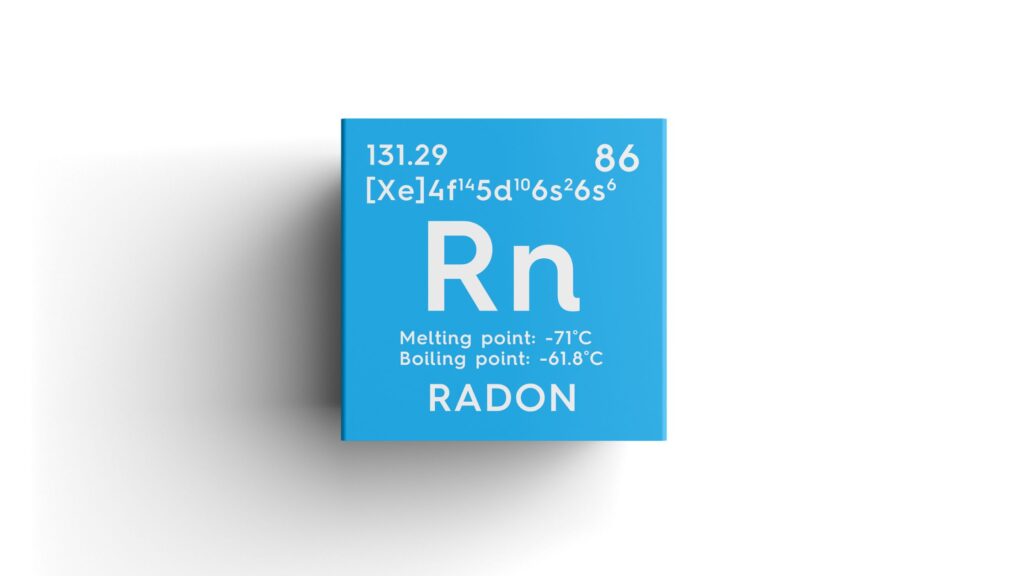Radon is an invisible health hazard that affects millions of homes across the United States. This odorless, tasteless, and colorless radioactive gas enters homes through soil and foundation cracks, often going undetected. Unfortunately, extended exposure to high radon levels increases the risk of lung cancer, making prompt action essential. One of the most common concerns for homeowners is understanding radon remediation and whether it’s truly worth the investment.
In this guide, you’ll learn how radon enters your home, what influences remediation pricing, how to find the right contractor, and why a radon system adds lasting value and peace of mind.

Understanding Radon and Its Risks
Radon is a naturally occurring gas created when uranium in soil and rocks breaks down. As it rises through the ground, it can enter homes through foundation cracks, basement gaps, sump pumps, and even well water. While it dissipates outdoors, it can accumulate indoors, especially in tightly sealed or energy-efficient homes.
Why Is Radon Dangerous?
The EPA estimates that radon causes over 21,000 lung cancer deaths in the U.S. each year. It is the second-leading cause of lung cancer after smoking, and because you can’t see or smell the gas, that’s why it is even more critical to test your home to ensure it’s within safe levels.
If a radon test reveals levels at or above 4.0 pCi/L (picocuries per liter), mitigation becomes necessary. Even levels between 2.0–4.0 pCi/L may warrant action, especially if young children or smokers live in the home.
What Impacts the Radon Remediation Cost?
Grasping the components of your remediation estimate can aid in effective planning and budgeting. While the average radon remediation cost in the U.S. falls between $800 and $2,500, several variables play a role in the final price.
Key Cost Factors:
- Size and Design of the Home
Larger homes or multi-level homes often require more extensive systems, multiple suction points, or longer piping.
- Foundation Type
Homes with basements, crawlspaces, or slabs each need different types of systems. Homes with a combination of foundation types often cost more to treat.
- Soil and Sub-Slab Conditions
Rocky or dense soil may require special drilling or more advanced equipment, which increases labor costs.
- System Type and Fan Power
The most common system, sub-slab depressurization, uses a fan to pull radon from under the home and vent it outside. Some homes may need stronger fans or additional venting.
- Permitting and Code Compliance
Depending on where you live, your contractor may need to obtain building permits or perform electrical upgrades, which adds to the total cost.
Even with these variables, professional mitigation companies work to design a system that’s both effective and cost-efficient.

How to Choose the Right Radon Mitigation Professional
Selecting the right contractor is crucial—not only for effectiveness but also for long-term results. A poor installation can leave your family at risk and lead to additional repair costs down the road.
What to Look for in a Contractor:
- Professional Certification
Make sure your contractor is certified by the National Radon Proficiency Program (NRPP) or the National Radon Safety Board (NRSB). These credentials ensure they meet industry standards.
- Local Experience
A contractor familiar with your region’s soil types, climate, and building codes will design a more reliable and efficient system.
- Detailed, Written Estimates
Trustworthy professionals will provide itemized quotes and walk you through the costs before work begins.
- Warranty and Follow-Up Testing
After installation, a good contractor will offer post-mitigation testing and a performance guarantee. This ensures your system is functioning as intended.
Avoid companies that offer vague pricing or skip essential steps like radon testing after system installation.
Why Remediation Is a Smart Long-Term Investment
At first glance, radon remediation costs may seem like just another expense, but it’s one of the smartest investments you can make in your home.
Benefits Beyond Health Protection:
- Increased Home Value
Buyers are more likely to trust a home that already has a radon mitigation system in place. In fact, in many areas, mitigation can be a selling point.
- Improved Air Quality
Radon systems often remove other soil gases and moisture, leading to a healthier indoor environment overall.
- Energy Efficiency Support
Well-installed systems work without significantly increasing energy bills. In many homes, they help stabilize temperature and reduce moisture buildup.
- Peace of Mind
Knowing that your family is safe from an invisible health threat brings long-term comfort. That peace is often worth more than the initial cost.
The EPA considers radon mitigation a health and safety upgrade, similar to installing a smoke detector or carbon monoxide alarm.

Final Thoughts and a Trusted Service Provider
Understanding what affects radon remediation costs empowers you to act confidently and protect your home and loved ones. While system prices vary, the long-term benefits of improved safety, better air quality, and stronger home values far outweigh the expense.
For reliable, certified, and affordable radon mitigation solutions, visit DSM Radon. Their team offers personalized service, expert installation, and thorough testing to ensure your home stays safe for years to come. Learn more about active radon mitigation systems here.
Frequently Asked Questions (FAQs)
1. Is radon remediation a permanent solution?
Yes. A properly installed system can last over 20 years with minimal maintenance. Regular fan checks and occasional testing are recommended to maintain performance.
2. How long does the mitigation process take?
Most installations take 4 to 8 hours, although more complex homes may require a full day. Post-installation testing usually follows within 24–48 hours.
3. Do all homes need radon mitigation?
Not necessarily. First, test your home to determine if levels exceed safe limits. However, homes in high-radon zones or with certain foundations are more likely to need mitigation.





